What’s Next for PIA as Privatisation Bidding is Delayed Again?
The privatisation of Pakistan International Airlines (PIA) has hit another snag, with the government deciding to delay the financial bidding process until October 31. The previous deadline of October 1 was extended due to low bidder interest and unresolved legal and operational issues. This delay has raised concerns about the airline’s future and whether the much-needed reforms will materialize anytime soon.
According to sources, the fleet’s ageing and the ongoing European Union ban on PIA flights to Europe have been significant hurdles in attracting investors. Despite these challenges, PIA CEO Amir Hayat expressed optimism that the European Union Aviation Safety Agency (EASA) may lift the ban by the end of the year, which could boost the airline’s value in the eyes of potential bidders.
For more updates on Pakistan’s aviation sector, visit Ground Zero’s aviation section.
Operational and Financial Challenges Facing PIA
While PIA currently operates with a fleet of 20 aircraft, the airline plans to expand to 40-45 planes over the next three to five years. However, this will require significant investment in fleet modernisation, as the airline aims to reduce the fleet’s average age from 17 years to 10 years.
The government has allocated Rs35 billion for PIA’s 7,360 current employees and for covering pensions for its 16,000 retired workers. While this financial commitment ensures employee retention, it adds to the challenges for potential buyers who will need to navigate the airline’s complex financial landscape.
Learn more about the impact of fleet age on airline profitability at IATA.
Bidding and Potential Stakeholders
Six consortia have been pre-qualified to bid for a 60% stake in PIA, including:
1. Fly Jinnah Limited
2. Air Blue Limited
3. Arif Habib Corporation Limited
4. A consortium led by YB Holdings (Private) Limited
5. A consortium led by Pak Ethanol
6. A consortium led by Blue World City
While Turkish Airlines previously dismissed claims of interest in taking over PIA, these consortia remain in the running, despite concerns about PIA’s unresolved legal cases and operational challenges.
Read more about PIA’s privatisation on Ground Zero.
What’s Next for PIA?
The delay in PIA’s privatisation adds another layer of uncertainty for both the airline and its potential investors. Key questions that remain include:
1. Resolution of the EU Ban: If the EASA ban is lifted, PIA’s valuation could increase significantly, making it a more attractive investment.
2. Fleet Modernisation: Expanding the fleet is essential, but will bidders commit to investing in newer planes?
3. Operational Strategy: Bidders will need to decide whether to streamline routes or maintain the current structure, especially for key international routes like Saudi Arabia, Paris, and Canada.
With bidding delayed until the end of October, all eyes are on the government and the pre-qualified consortia to see if PIA can finally achieve a successful privatisation after years of financial losses and operational struggles.
Explore more about PIA’s future plans at Ground Zero.


